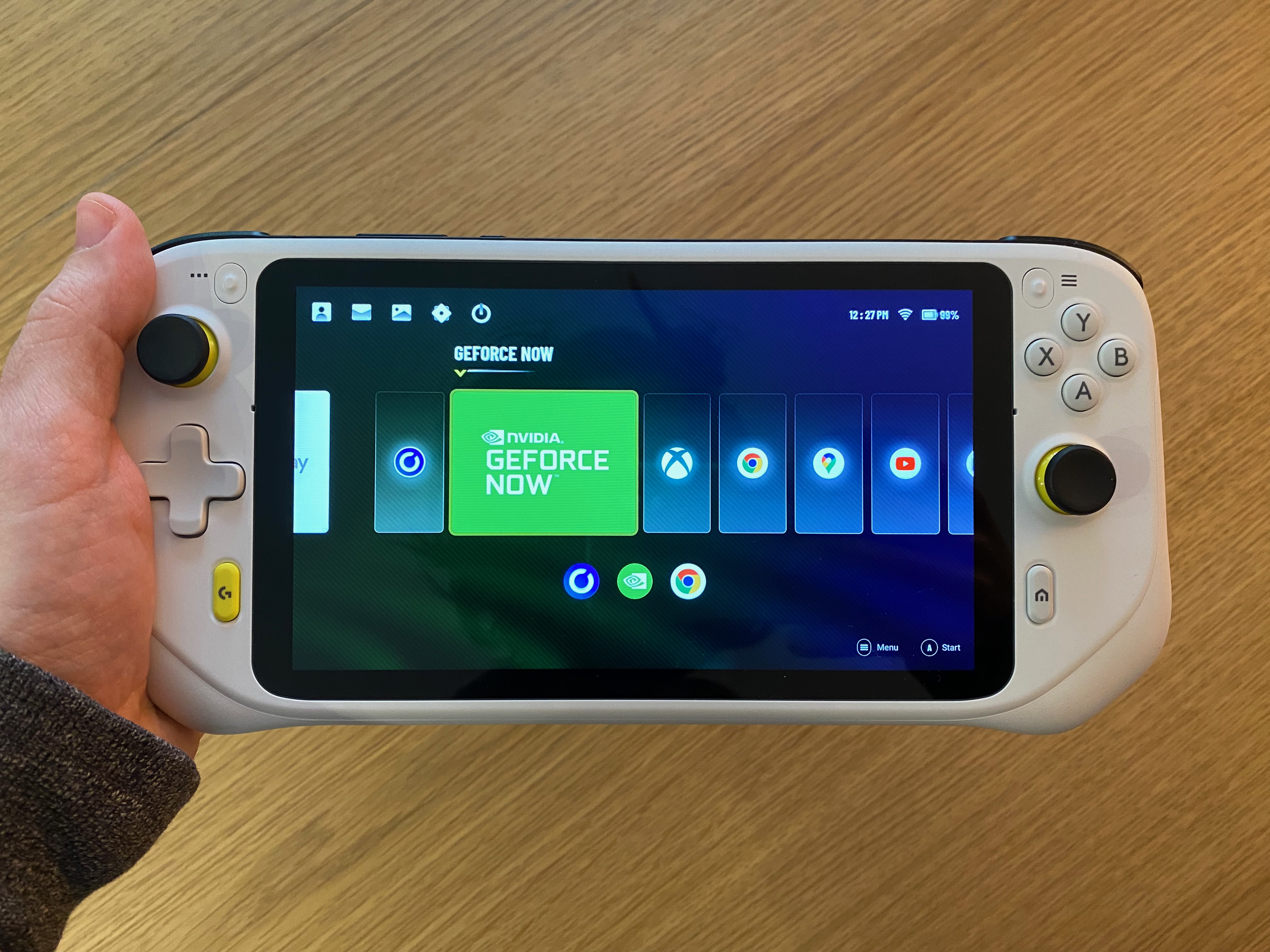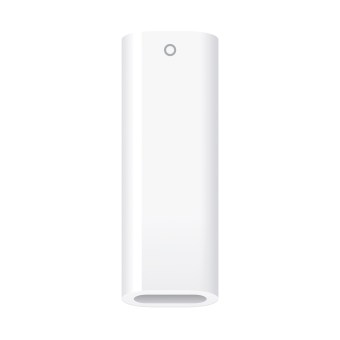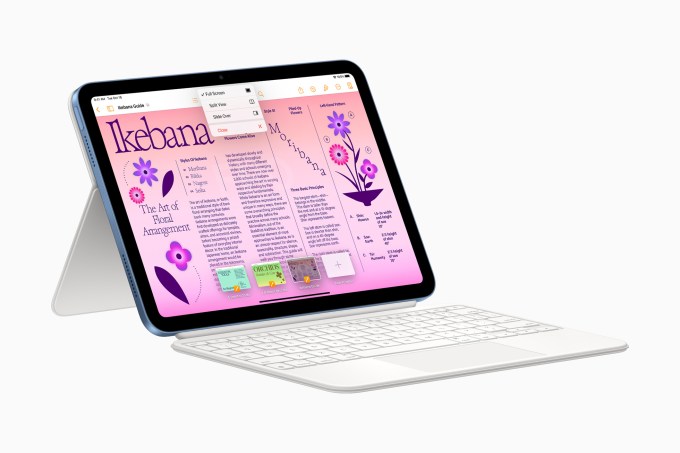In recent years there has been a flurry of startup activity aimed at commercializing blood glucose biosensors — aka, wearable tech that was originally developed for diabetes management. These continuous glucose monitors (CGMs) transmit near real-time data on glucose levels, providing instant feedback (via a companion mobile app) on how the body metabolizes different foods or responds to lifestyle decisions around exercise and sleep.
The biowearables, which are semi-invasive — typically worn on the arm with a sensing filament inserted just under the skin — were originally developed for diabetics and pre-diabetics who have a medical need to track their blood sugar because of insulin resistance. But the startup gambit is that opening access to CGMs more generally can offer broad health utility by giving all sorts of people a dynamic window onto what’s going on with their metabolism.
Some of these startups are selling the idea that ‘biohacking’ by tracking blood glucose can help people optimize athletic performance, or configure a healthy diet and lifestyle — including weight management. But the startup strategy has often fixed on opening up the ‘data window’ first as a tactic to build product utility while they acquire (and structure) users’ metabolic and lifestyle data — tracking glucose responses to food and lifestyle inputs and, they hope, spotting positive and negative patterns that they can use to synthesize a fitness or healthy lifestyle program.
Limbo, a New York, London and Cork-based startup which is announcing a $6M seed raise today, is in this growing pack commercializing CGM tech — in its case building a subscription weight management business to target the obesity crisis. But it claims to be bringing a distinct approach with a product that’s not just a data-mining work in progress; rather, they say, the program is based on some three decades of research undertaken by one of the co-founders — chief research officer, Tony Martin, who is a physiologist and coach.
“[Martin] essentially worked out the secret of how blood glucose regulated the body and how energy in the body is mediated through blood glucose,” says co-founder and CEO, Rurik Bradbury, discussing the startup in a call with TechCrunch. “How if you control it in a certain way then you can have very dramatic weight loss results — based on biodata.”
Martin is not affiliated with any research institutions, nor has he published any scientific papers on his work so it’s private research — and results he was able to obtain using this private methodology with his own clients — that Limbo is drawing on for its product.
“The big breakthrough came over the last 5-6 years when CGMs came out… which allowed him to test a number of hypotheses,” explains Bradbury. “Both on himself and on his weight loss clients. And what he found was a number of patterns and a number of effects which he could replicate to do with the balance of different macronutrients essentially, and how the body can regulate itself if you reduce carbs and sugars.
“There’s nothing hugely secret about that — about what’s essentially a Keto[ogenic diet] type program. There are many, many different variants of it and what he did was work out the right balance for people on a more individualized basis so it could be implemented as a program with a CGM to steer them in real time.”
“Now we’ve got — kind of — the recipe for how to make this work for people as a platform as opposed to a person by person system,” he adds.
Limbo’s other co-founder — Pat Phelan, whose name may be familiar to long-time TechCrunch readers as he exited his ecommerce fraud protection startup Trustev to TransUnion for $44M back in 2015 — has also put himself through the program.
Indeed, the inspiration for Limbo began with Phelan’s personal weight loss journey — after years of jetsetting startup life had not been kind to his health. And it was in looking for help to address his obesity problem that he met Martin who suggested he try his ‘homebrew’ blood glucose tracking method with a CGMv — and then Phelan’s success with the regime (which he discusses in this video on the startup’s website) led to the trio of founders coming together to establish a startup to productize Martin’s program (with Phelan and Bradbury bringing the tech experience gleaned from years working in startups).
Limbo was founded in fall 2020 — so it’s very much a pandemic health tech startup, with the first private beta users starting on the program at the end of 2020.
Target users are people looking to lose 10-15% of their body weight, per Bradbury. While typical customers so far are 35-55 in age range.
The team doesn’t have any efficacy studies published quantifying the impact of the weight loss program by, for example, comparing Martin’s method to other weight management approaches. But Bradbury argues early results speak for themselves — with members seeing an average weigh loss of 12% after three months of use. (Phelan himself lost 36kg/81 pounds over 9 months using the prototype.)
The 12% stat was based on an initial paying cohort of 50 users. Limbo now has around 2,000, per Bradbury, who says they’re hoping to have “tens of thousand” signed up over the coming 12 months.
The program is a subscription service — costing £1,300 for three months’ access, so it’s definitely premium level pricing.
Connected hardware
As well as a supply of CGM sensors to track their blood glucose, Limbo members are sent two additional devices: A wearable wristband that tracks a range of health data (including heart rate, steps, skin and body temperature, blood oxygen); and a smart scale which can measure body fat and muscle mass in different areas of the body — so it’s triangulating a range of signals in order to assess the healthiness (or otherwise) of the user’s diet and lifestyle; and to track their progress towards their weight goals.
“We started with an off the shelf piece of tech [for the wristband]. But we have a customized one built to our specs,” says Bradbury, discussing its hardware mix. “We have the person who used to run Apple in Asia — Rory Sexton — on our board, and he was one of the first investors. And he became interested because you’ve probably seen the rumors that Apple is looking to add blood glucose to [Apple] Watches. But it’s a very tricky thing. We’ve also looked at this ourselves. And there’s lot of constraints there as far as how much power it would take and how accurate it is — I think it might be a little way off.
“But he got interested in that and we did an Apple Watch integration but the challenge with that and all the other tools out there — Fitbit and so on — is that their data resolution’s quite low. So [with our custom hardware] we’re looking every second or minute at these data points. [Whereas] Apple Watch and other wristbands tend to sample every few minutes to save power because the battery life is tricky.”
Limbo’s smart scale is also customized rather than off-the-shelf kit — and Bradbury says it is higher end than consumer smart scales (which can suffer from poor accuracy). But he also says there is less need for high resolution data for the scale (vs the wristband) since it’s mostly used to track progress over time, not for dynamic feedback on meals etc.
“We’re looking at a gradual — over the course of 3-6 months — period of shifting body fat percentage,” he says of the scale. “Obviously that usually comes down. That’s the main goal of the program. So we’re looking for a shift over time. We’re not looking for a precise, exact moment in time measurements. We’re not training, say, boxers for a fight where every ounce counts.”
The core interface for Limbo’s program is of course a mobile app — which visualizes the user’s blood glucose level (via a plotted line), tracking changes continuously; and delivers feedback and nudges to members (via push messages).
Limbo says it’s using a combination of AI-powered analysis and human coaches looking at users’ data in order to encourage positive behavioural changes, via feedback and nudges — with the overarching goal of steering users towards eating a healthier, balanced diet and away from consuming foods that spike their blood sugar. So the push is to cut back on simple sugars (carbs, processed foods etc).
The user has to do only limited data logging themselves. They’re asked to snap a picture of whatever they’re eating to log their food intake, with an optional text field to add more details. But Bradbury says adding extra detail isn’t required — because all the connected hardware enables them to rely on this tracking of the user’s biological signals to determine what post-meal feedback to provide.
So while the app might not literally know what that dark beverage you’re drinking is — or, if it looks like a cup of tea, how many sugars you might have slipped into it — the data won’t lie. If the drink contains unhealthy levels of sugar that spike your glucose the app will pick up that response in the CGM data and nudge you to drink something less sugary next time.
So the user gets continual, dynamic feedback to help them change their diet for the better.
“It’s a really interesting issue because it’s both psychological and it’s data,” says Bradbury, discussing the importance of the psychological element. “You can show people data — you can tell them stuff til you’re blue in the face but that’s different from having a psychological effect to make them behave in a different way. So the nudges are almost like extra pushes on top of the data. So if someone spikes their blood sugar it’ll push a message saying what just happened? Essentially you can’t cheat on this program.
“One of the biggest issues with other diets is compliance. That people — quote — forget they had that muffin. And no one’s the wiser except for them. Whereas you can’t cheat on Limbo. There’s automated sensing if something happened. So there’s interventions like that where the member knows they’re being watched and they behave accordingly. You can’t pull a fast one and sneak something past the system. And secondly there are educational interventions — such as the right balance of carbs and sugars and proteins and fats to eat to get to your goal.
“So that might be ‘this contained too many carbs’, ‘try to reduce sugar content in drinks’, that type of thing. Another one might be more positive: ‘Add more protein to the next meal’ or do something along those lines.”
“The idea is a coach on your arm that watches you 24/7 and steers you in the right direction,” he adds.
But don’t we already know that eating sugary processed foods is bad and leads to weight gain, and eating healthy whole, fresh foods is good for us? Why do we need an app to tell us this?
“If knowledge were enough to get someone across the finish line — we all know these things technically — then there wouldn’t be an obesity crisis. But the hard thing is that firstly a lot of people don’t know exactly what carbs and sugars are and the impact of highly processed foods which are extremely bioavailable — which spike you very quickly and directly after eating them. So there’s a lot of people who don’t really have a clear picture of what food does to them,” he suggests.
“Secondly we’ve been served myths for decades or centuries. People think that a sweet piece of fruit is good for you — they’ve been told it’s good for you. And they’ve taken it for granted. When a glass of orange juice is a cup of sugar. So these pervasive myths throw people off course. And certainly it’s the willpower thing — if you have a coach who’s watching you 24/7, who’s holding you accountable, steering you in the right direction, educating you on what’s actually happening to you inside your body it’s a very powerful crutch to help people get places.”
Myth busting without marketing
While the primary focus of Limbo’s intervention currently is around food, nutrition and diet, Bradbury notes the app will also nudge users to take some low intensity exercise — such as a post meal walk — as another tactic to “flatten the curve” (aka get glucose level back into the target zone). And he says they’re planning to put more focus on how activity affects blood glucose as they continue developing the product.
“If you eat something that has too high carb and sugar content the app will often pop up and say now would be a good time to take a [low intensity exercise] walk — so it’s not about sending people to the gym and spin class and so on. It’s much more about a smaller, more manageable amounts of exercise that complement the food choices,” he says of the current Limbo experience.
“One of the big lies that have been sold to people is that you have to go to the gym and sweat your way out of extra weight. It’s very, very hard to exercise off a poor diet,” he adds. “Or an imbalance of energy coming into the body that is expended. So most of the nudges are about food and diet.”
The priority for the seed funding is product development. “We haven’t really spent any money on marketing and we’ve let things spread by word of mouth because I think people are quite mistrustful of marketing for anything to do with diets and food — it’s a space where there’s so much snake oil sold and dodgy businesses so we’re basically just showcasing what people have done or the weight they’ve lost with this and having them spread the word themselves,” he tells us.
“So rather than spend lots of money on marketing we’re putting that into the AI, the analytics and the product side — so we’re building out teams to make the product broader. There’s lots of things we can do more on in terms of sleep and exercise. Lots of the focus is on food but they all interact with each other… so we’re building out an experience to showcase to members how those things interact in a visual way.”
Limbo is also working towards a US launch in the second half of next year, per Bradbury.
Obesity is of course a global problem so the team sees huge potential for scaling, while cautioning that they don’t want to grow so quickly they lose “the quality of individualized advice”, as Bradbury puts it. (For a sense of scale, Limbo’s team is currently 18 people who are supporting around 2k members.)
On the competition front, while there are a growing number of CGM players seeking to tempt consumers with a glimpse of their metabolic health — indeed, even CGM maker Abbott is itself getting into the game — Bradbury argues Limbo’s approach of productizing an existing weight loss program as an app (rather than trying to develop a methodology off of CGM data) gives it an edge.
Hence he also argues that Limbo’s competition is closer to a more radical obesity intervention — like gastric bypass surgery — than what other startups are offering.
That said, US startup January AI also has a lot of research underpinning its food-response focused program, while India’s Healthify — which is due to launch a premium CGM offering in the US next year — already has years of fitness data under its belt (and the latter’s Pro offering similarly combines CGM, smart scale plus in-app coaching), to name two. So Limbo certainly isn’t the only solid-looking CGM weight loss game in town.
Asked about its pricing strategy — which is a major mark-up on most CGM competitors — Bradbury again says it’s a reflection of the proven program and accessible approach it’s offering.
“As far as we’ve seen so far all of the other companies started with the idea of well what if we could give CGMs to everyone? And then we’ll look at the data and see what we can find,” he says. “So we took the opposite approach… We’ve already done the 30 years research beforehand so we know what happens when someone wears a CGM, we know how to steer them into better choices.
“So while we look similar to some other CGM companies we’re starting from a very different position. We’re implementing a pre-existing, prescriptive program — do this, do that, do this, and you will lose weight. So that’s a very big difference in terms of the experience of the program — and people will, I think, pay for results.”
Aside from premium pricing, there is the challenge of convincing users to stick a sensor in their arm. Wearing a CGM can look daunting, given it’s a semi-invasive sensor that requires both pricking your skin and living with a filament in your arm for weeks at a time, but Bradbury says the team hasn’t — so far — had a problem getting people to get comfy with biowearables.
He suggests target customers are simply so motivated to achieve their weight loss goals — and so tired of trying diets that are miserable and haven’t helped them — that they’re happy to try something different where they get to see data and track their results, even if it means getting comfortable with firing a gadget into their arm every two weeks.
Still, the first 2,000 or so Limbo members may be especially motivated due to repeat failure to shift weight other ways. So it will be interesting to see whether its early adopters are outliers in being so easy for it to onboard, i.e. owing to having stubborn weight issues — and whether broader scaling will be more challenging.
Limbo’s price-point is certainly one hard limit.
On the other hand, the lure of real-time health data is undoubtedly powerful — and if its method of bite-sized insights plus wraparound support which does the hard work by translating sometimes confusing metabolic signals into simple actions people can take to improve their lifestyles then it’s easy to imagine big appetite for a smart but simple diet tool.
“A lot of people start the program and it’s not for 3-4 weeks that their blood sugar ever gets into the standard zone — and that’s because for the 10-15 years prior they were eating carbs and sugars so often and so much that their body systems were beaten down and overwhelmed and they were constantly fighting to lower the sugar but with insulin resistance and so on they couldn’t do it,” says Bradbury of Limbo’s experience with early members. ” But after 3-4 weeks with an intense [effort] in pushing you’ll find that that member gets into the ‘blue’ for the first time.
“What the system really is is letting people conscientiously engage with their bodies — and that’s something that’s almost impossible with food because you can’t just put your finger on your pulse and measure your blood glucose… So if we can visualize this for people and coach them on what they see it can have a big effect.”
“It’s a virtuous cycle we try to set up for them,” he adds. “You’ll see a bad result if you have a[n unhealthy] snack and then you’ll know that’s going to happen. So, over time, people unwind those snacking habits. It’s also the effect of them seeing what is happening inside their body. You can eat a cookie or a muffin or something and you can ignore it. But when you see it in front of you in the app — this spike happening and the crash afterwards — it’s a very different thing [vs the traditional experience of dieting] in terms of a feedback cycle, a feedback loop to change your decision next time.”
Limbo’s seed round is led by Hoxton Ventures. Other backers include (the former NBA basketball player) Shaquille O’Neal, Seedcamp, (former Apple exec) Rory Sexton, (rugby player) Jamie Heaslip, and co-founders at a number of tech firms including Intercom, PCH International, Yelp, Voxpro, and Web Summit.
Limbo is tackling obesity with a pair of wearables and decades of physiology by Natasha Lomas originally published on TechCrunch
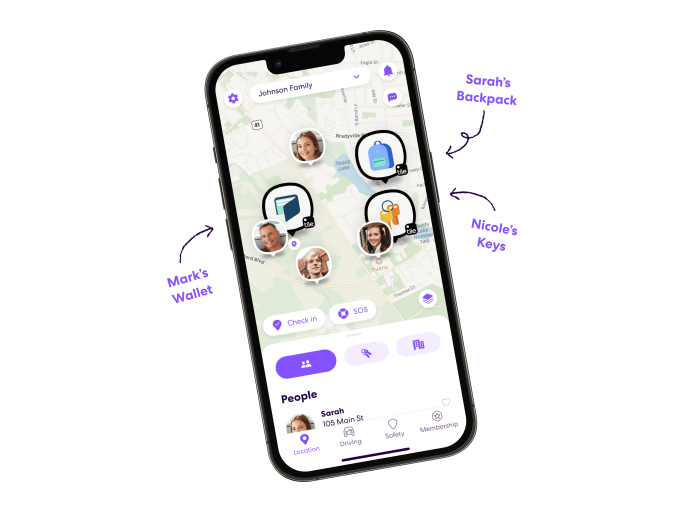

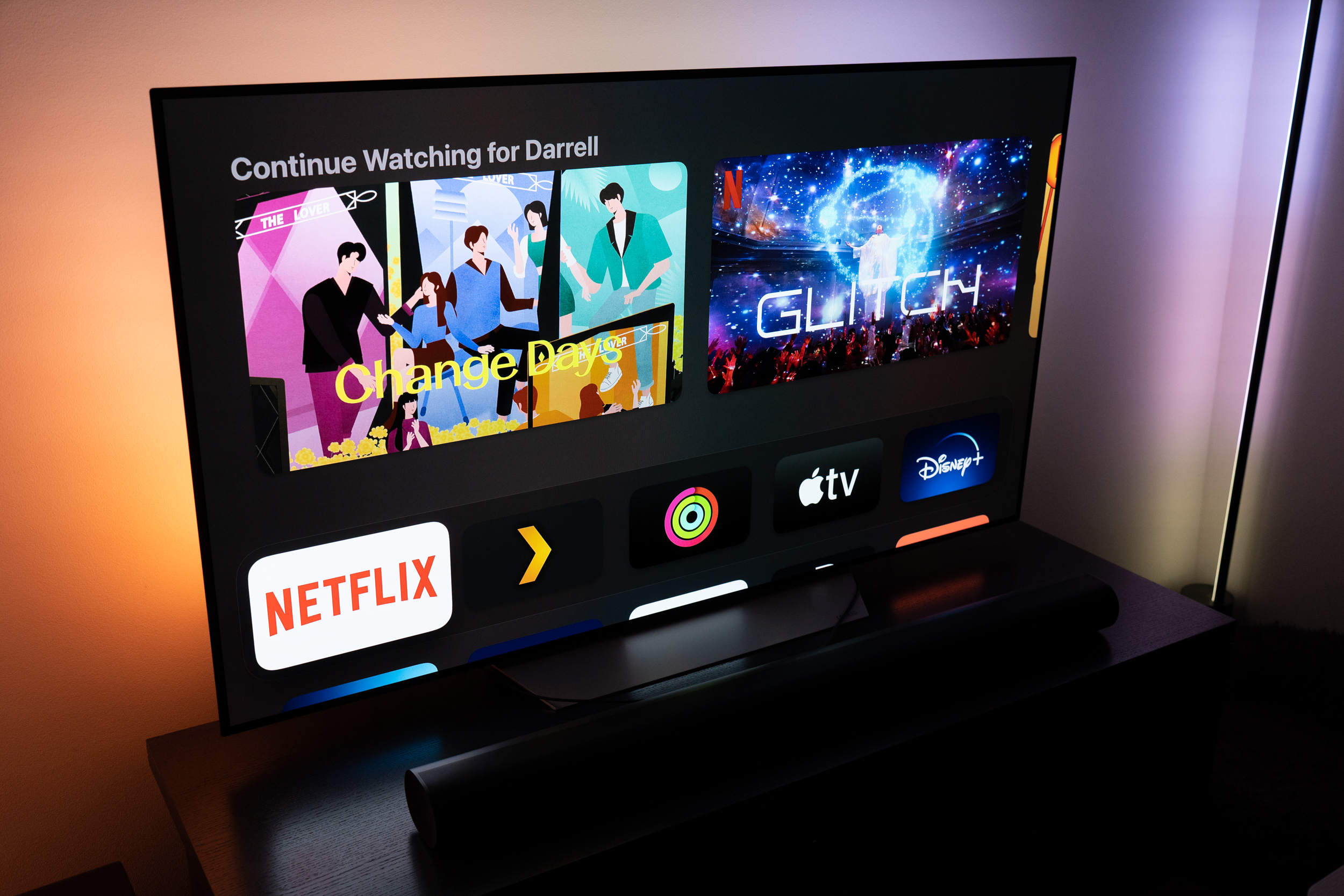
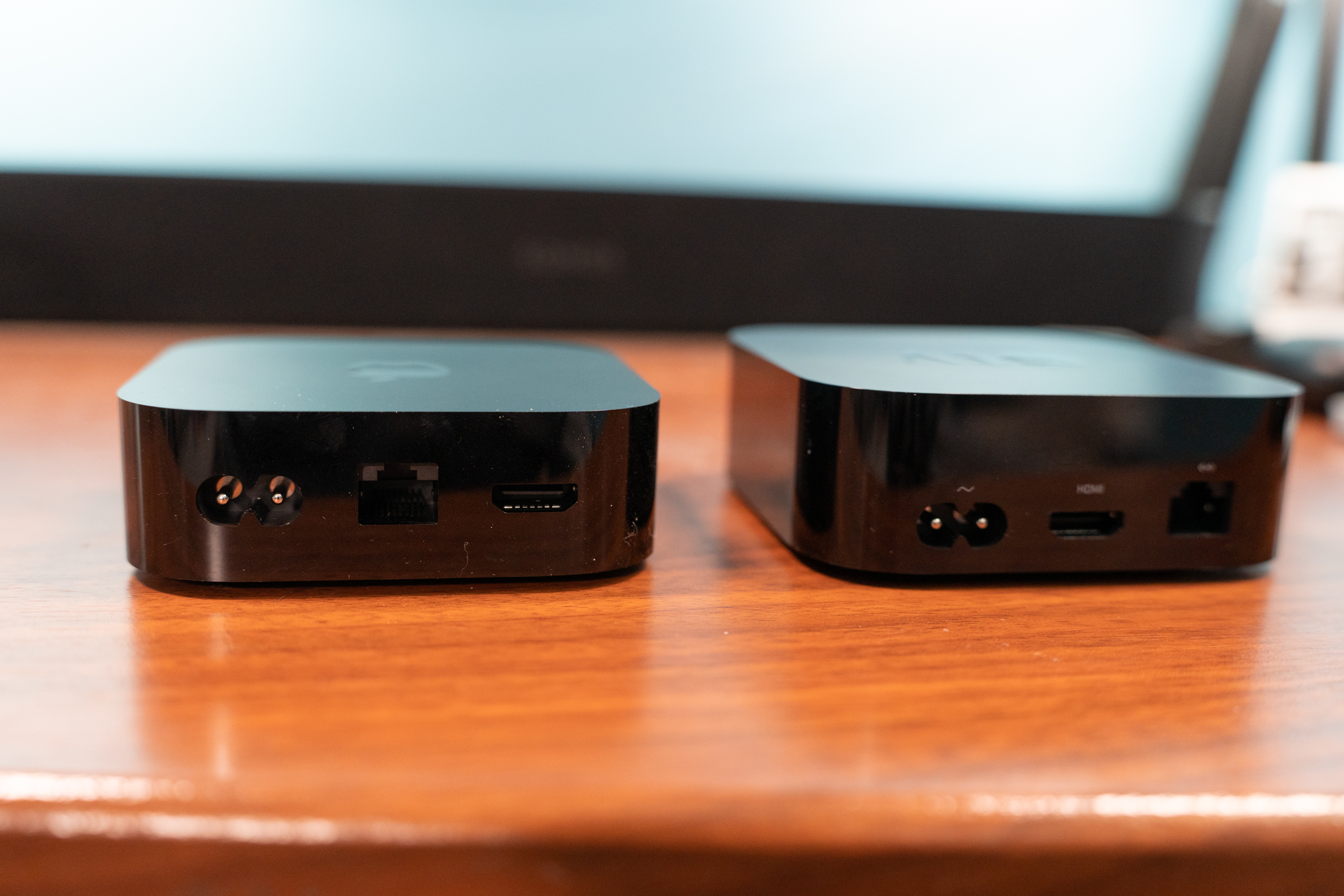
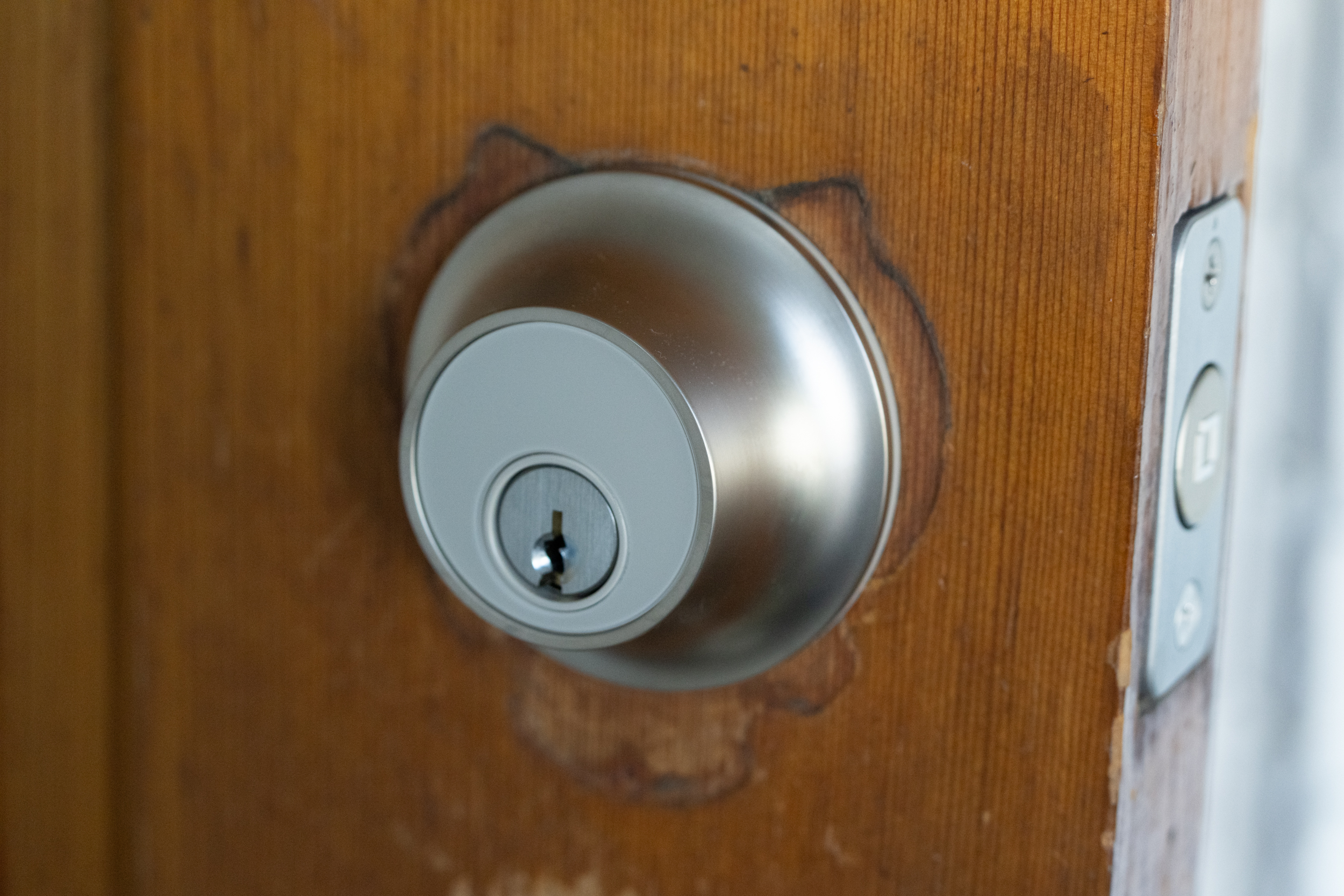
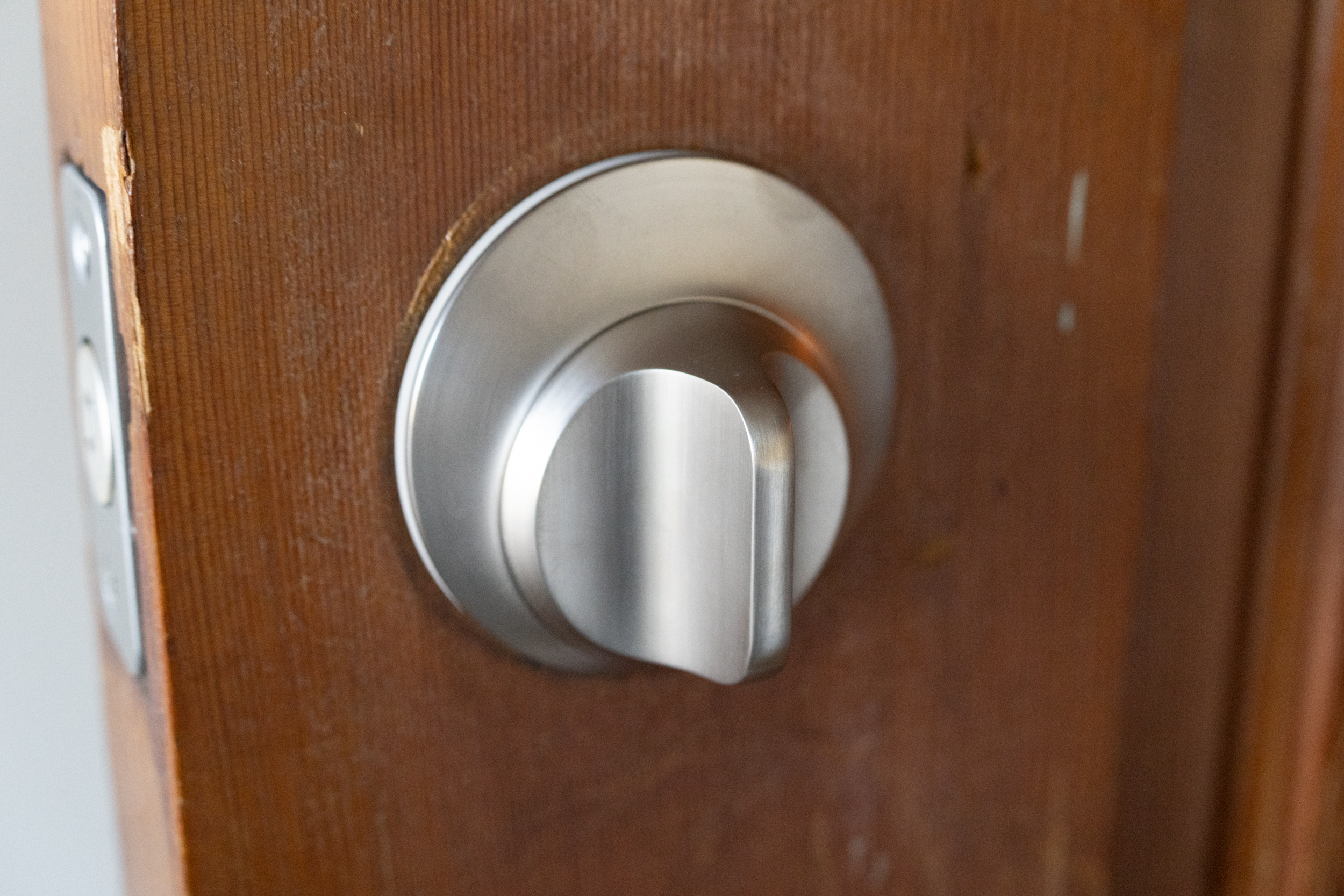
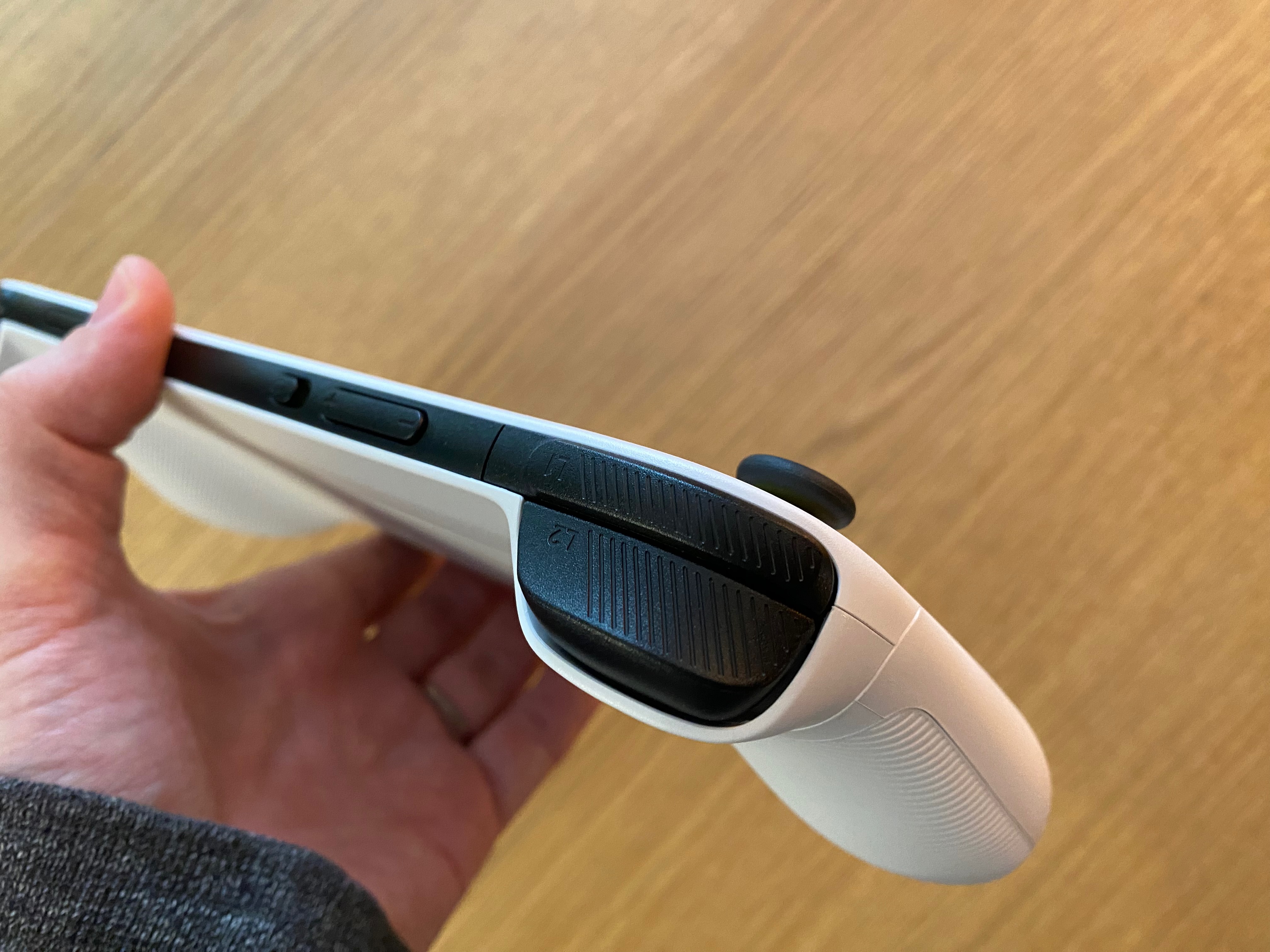
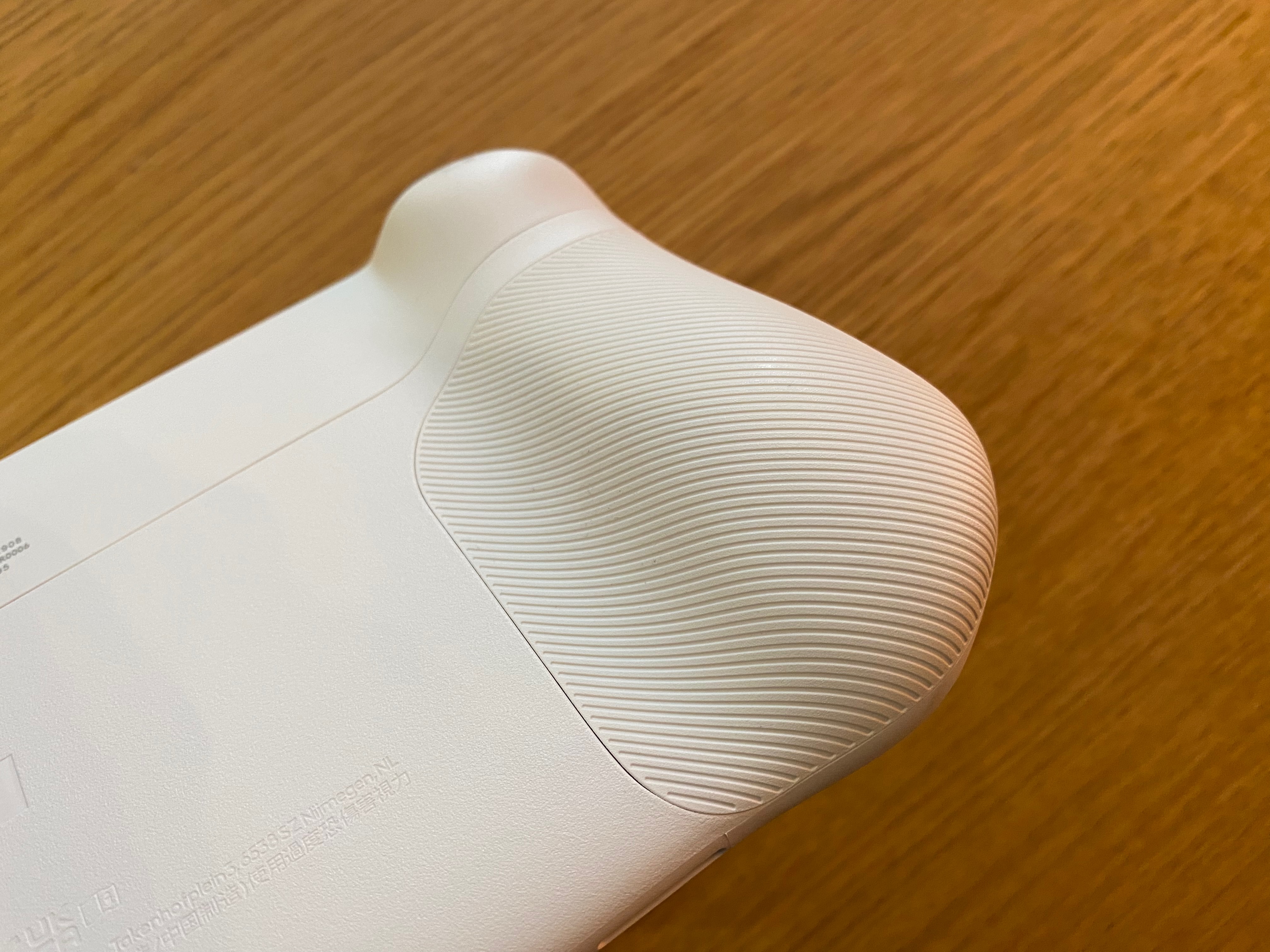
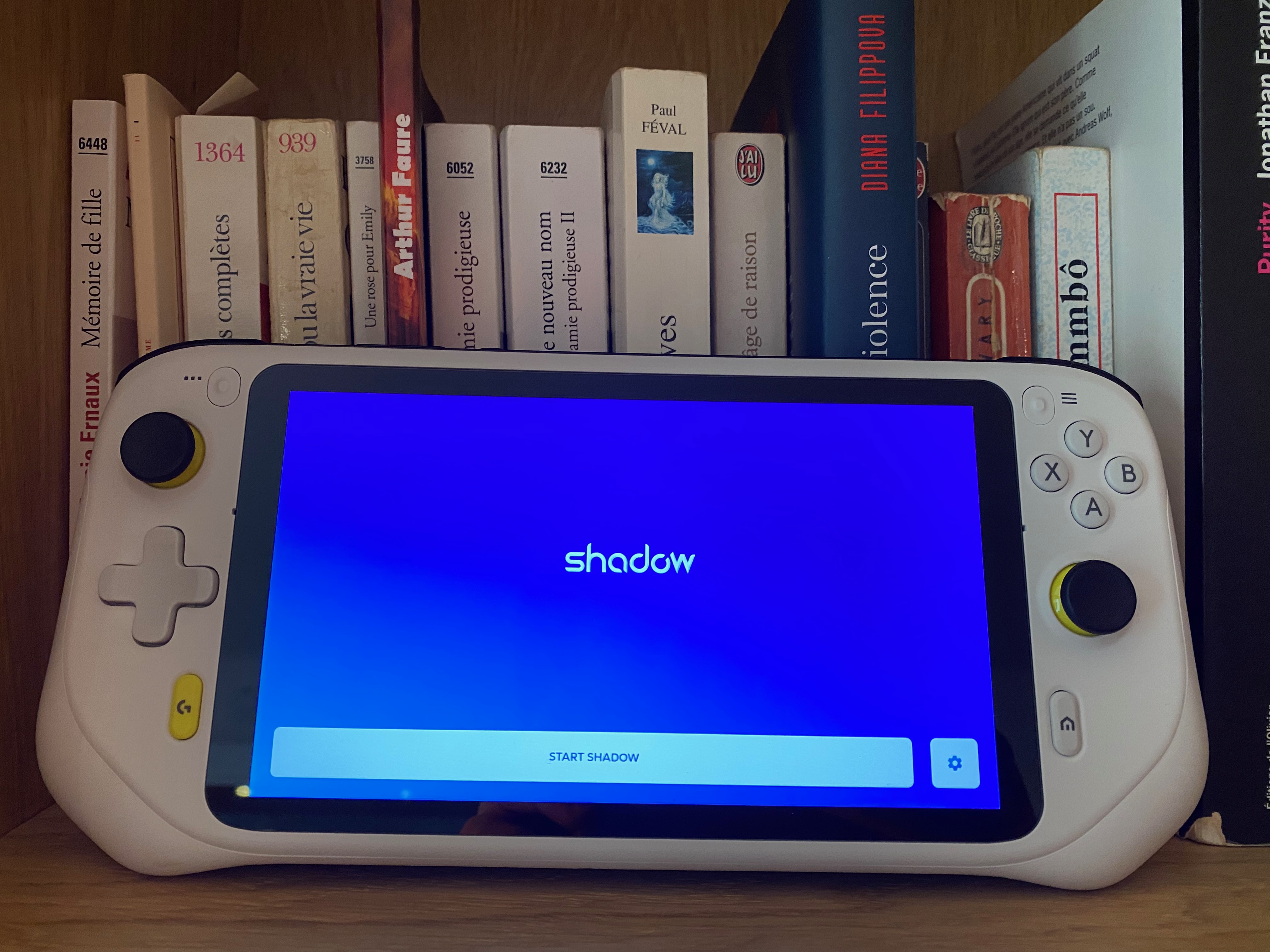
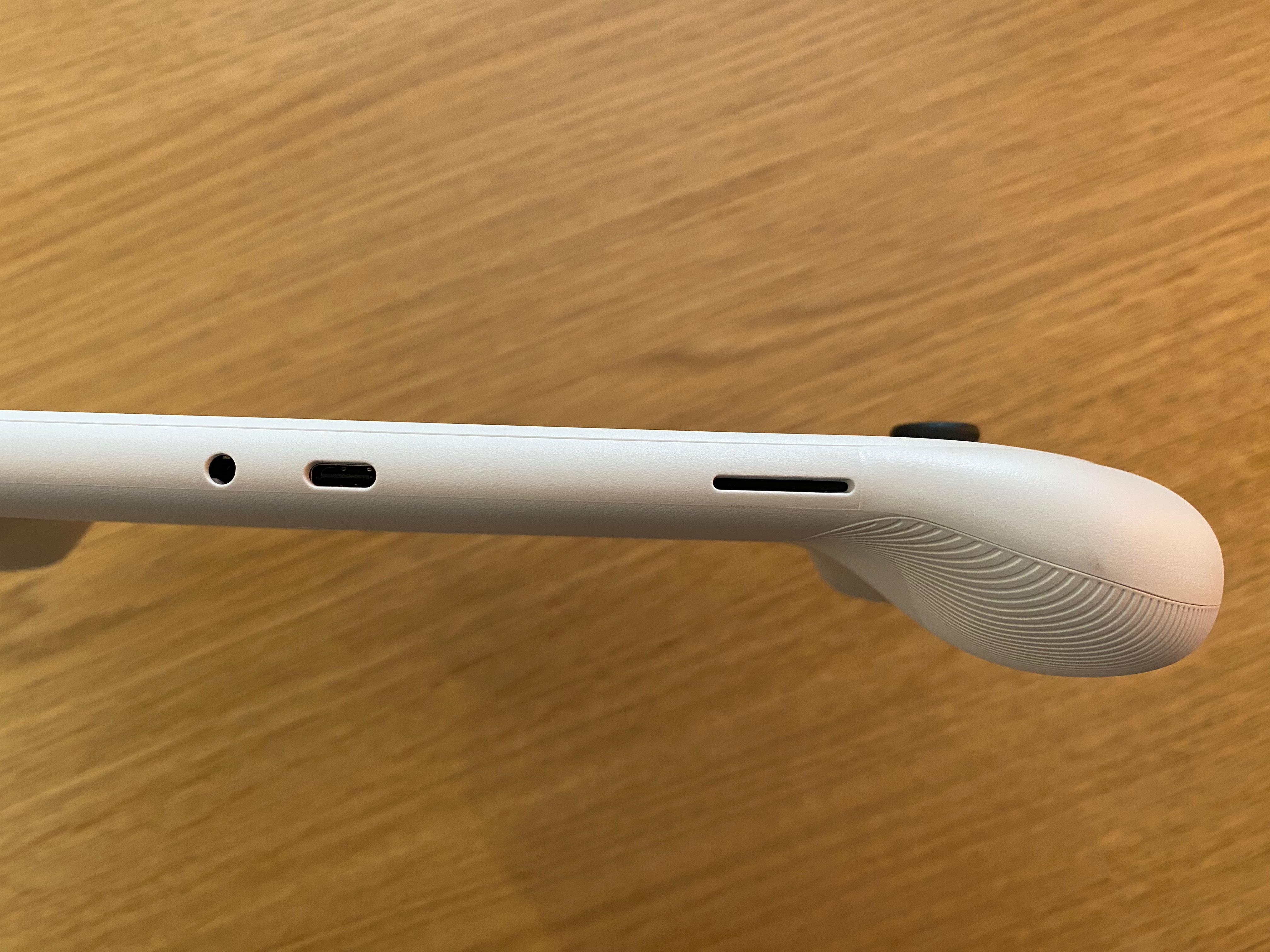
 (@Loopifyyy)
(@Loopifyyy) 